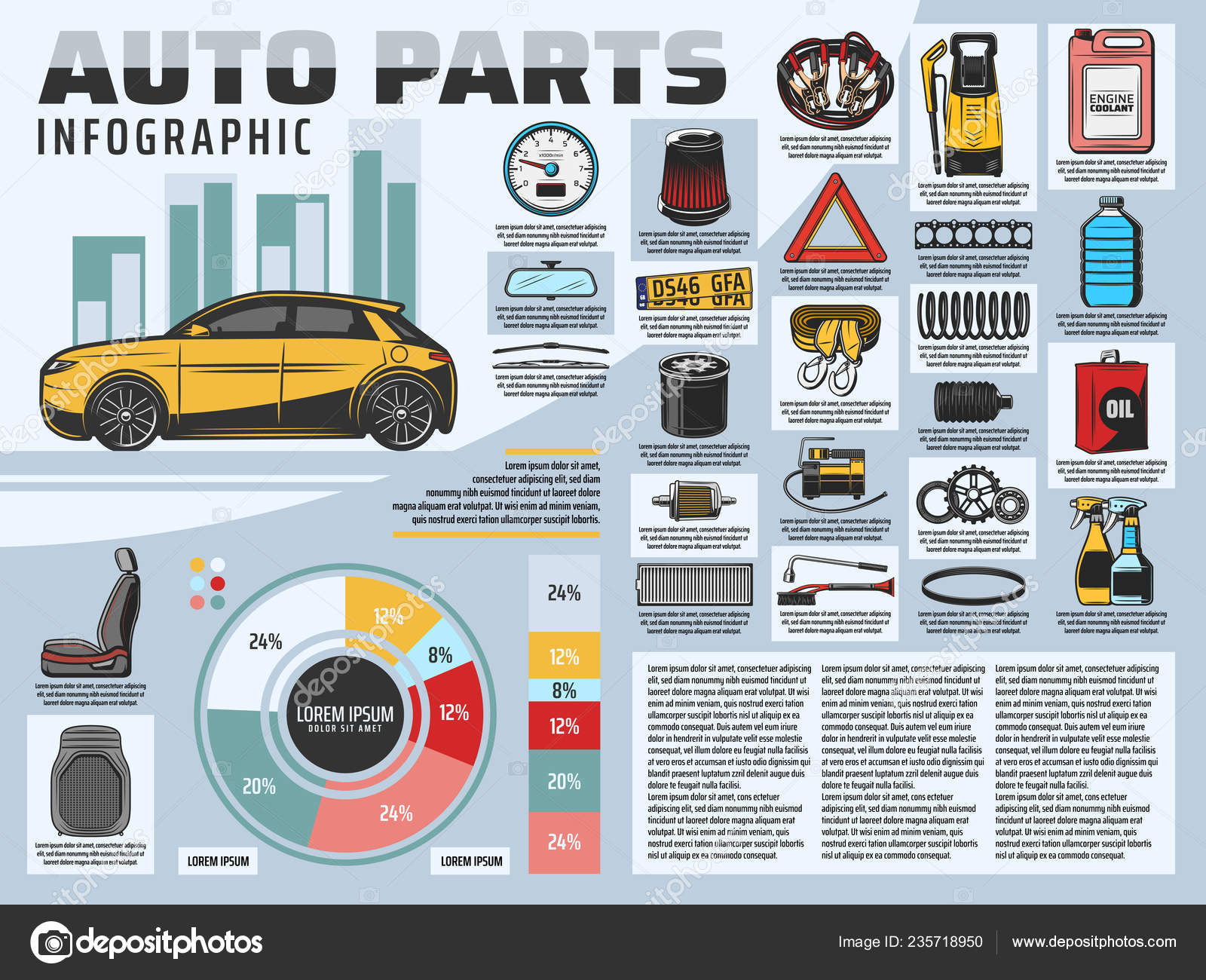Interpreting Your Vehicle'S Alert Lighting: Their Real Implications
Interpreting Your Vehicle'S Alert Lighting: Their Real Implications
Blog Article
Post Composed By-Boye Dalgaard
When you lag the wheel, those glowing caution lights on your control panel can be a bit complicated. Do you understand what they're attempting to tell you regarding your car's wellness? Recognizing the relevance of these lights is important for your safety and the durability of your vehicle. So, the following time among those lights pops up, would not you wish to decipher its message precisely and take the essential actions to address it?
Common Caution Lighting and Interpretations
Determine typical caution lights in your automobile and understand their significances to make sure secure driving.
https://motor-vehicle-chassis06284.techionblog.com/29974995/seasonal-automobile-upkeep-trick-auto-detailing-tips-for-your-automobile consist of the check engine light, which indicates problems with the engine or exhausts system. If this light begins, it's crucial to have your automobile checked immediately.
The oil pressure alerting light suggests low oil pressure, needing instant focus to avoid engine damage.
A flashing battery light could recommend a faulty charging system, possibly leaving you stranded otherwise dealt with.
The tire stress surveillance system (TPMS) light signals you to low tire stress, impacting lorry security and fuel effectiveness. Neglecting this could bring about hazardous driving problems.
The ABS light suggests a trouble with the anti-lock braking system, compromising your capacity to quit swiftly in emergency situations.
Finally, the coolant temperature level cautioning light warns of engine overheating, which can result in serious damages otherwise dealt with swiftly.
Understanding these usual caution lights will certainly aid you deal with concerns quickly and maintain safe driving conditions.
Significance of Prompt Focus
Understanding the usual warning lights in your automobile is only the very first step; the relevance of without delay addressing these cautions can't be emphasized sufficient to guarantee your security when driving.
When a caution light illuminates on your control panel, it's your vehicle's means of communicating a potential problem that needs focus. Neglecting https://cheapoilchangenearme06273.theideasblog.com/30394076/triumph-story-bring-back-an-overlooked-cars-and-truck-via-expert-outlining can lead to extra extreme issues later on, compromising your safety and security and possibly costing you a lot more out of commission.
Prompt interest to advising lights can avoid malfunctions and crashes. For example, a flashing check engine light can show a misfire that, if left ignored, could cause damages to the catalytic converter. Addressing this promptly can save you from an expensive repair work.
Similarly, a brake system cautioning light could indicate low brake fluid or worn brake pads, critical components for your safety when driving.
DIY Troubleshooting Tips
If you discover a caution light on your dashboard, there are a few DIY troubleshooting suggestions you can try prior to looking for expert aid.
https://www.kjrh.com/news/local-news/auto-body-shops-struggle-to-get-parts-due-to-supply-chain-issues is to consult your auto's manual to comprehend what the certain caution light indicates. Sometimes dry ice car cleaning can be as straightforward as a loosened gas cap activating the check engine light. Tightening up the gas cap may fix the issue.
One more typical issue is a reduced battery, which can set off different cautioning lights. Checking the battery links for corrosion and ensuring they're safe might take care of the problem.
If a caution light continues, you can try resetting it by detaching the auto's battery for a couple of minutes and after that reconnecting it. Additionally, checking your car's liquid degrees, such as oil, coolant, and brake liquid, can aid fix advising lights connected to these systems.
Final thought
To conclude, recognizing your cars and truck's caution lights is necessary for maintaining your vehicle running efficiently and securely. By immediately dealing with these signals and knowing what they suggest, you can avoid pricey repair services and potential malfunctions.
Remember to consult your car's manual for particular information on each alerting light and act appropriately to make certain a trouble-free driving experience.
Keep notified, remain risk-free on the road!
